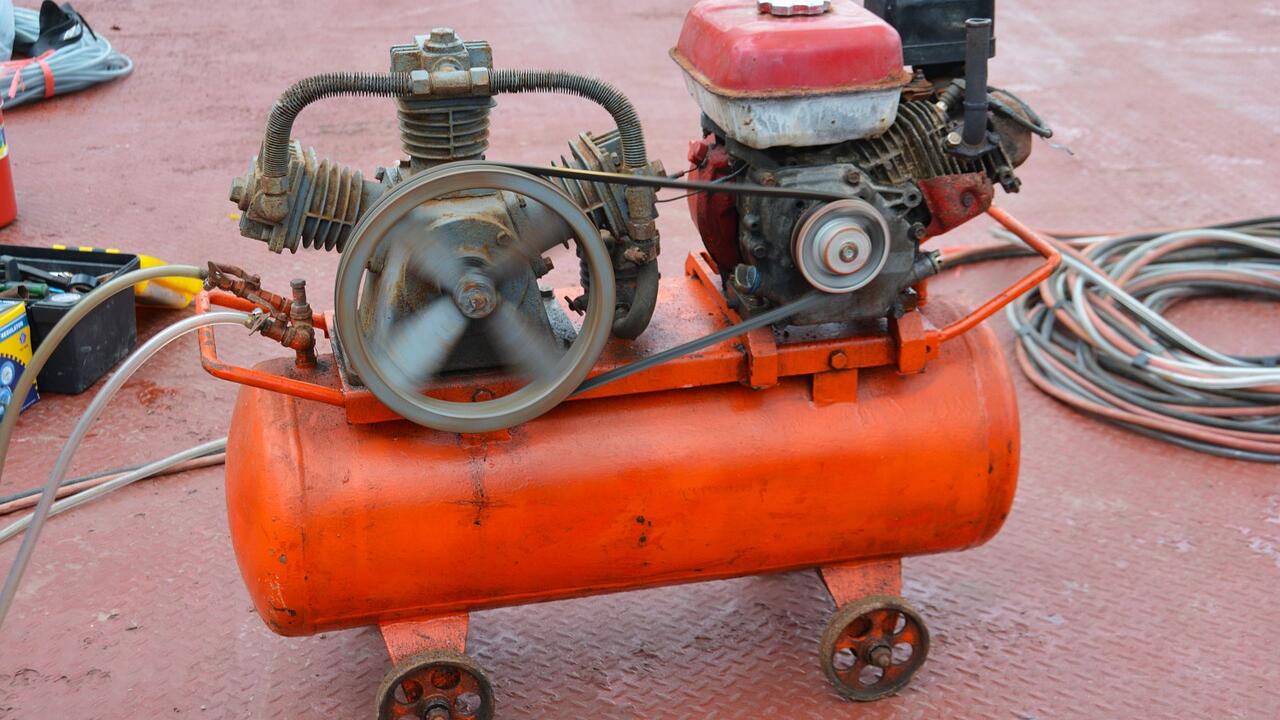 Search Result
Search ResultIndustry and Europe’s “Fit for 55” package
In July the European Commission adopted a package of proposals – called the Fit for 55 package – to make the EU’s climate, energy, land use, transport and taxation policies fit for reducing net GHG…
Read Full articleThe 4th Utility: Compressed Air
Compressed Air: the 4th Utility Without knowing who has invented this phrase, e.g. David Andrews from Sullair used it in a recent blog and it is even mentioned at wikipedia, it clearly indicates the…
Read Full articleQ&A: Why cement emissions matter for climate change
A builder directs wet concrete from a cement truck into the foundations of a large building. Credit: Peter Righteous/Alamy Stock Photo. First published here . If the cement industry were a country, it…
Read Full articleUtilities large missed opportunity: Demand Response in manufacturing
Demand Response (DR) helps utilities to manage the peak electricity demand by temporarily shifting the demand on the consumer side instead of building new power plants to meet the short-time peak…
Read Full articleEnergizing Change Together: The Power of Energy Efficiency Networks
Imagine a room where representatives from different companies—big and small—come together, not to compete, but to collaborate. Their mission: discover, share, and implement ways to cut down energy use…
Read Full articleEmissions Impacts of Alternative Fuels Combustion in the Cement Industry
Authors: Ali Hasanbeigi, Navdeep Bhadbhade With over 7% of global CO2 emissions, decarbonization of the cement industry will play a key role in achieving the Paris Climate Agreement targets. The deep…
Read Full articleMore national climate policies expected, but how effective are the existing ones?
Author: European Environment Agency In 2019, EU Member States reported that they had already adopted or were planning to adopt 1925 national policies and corresponding measures to reduce greenhouse…
Read Full articleLoad Management of Industrial Systems
If a company wants to reduce its energy costs, its primary focus should be on reducing energy consumption. However, in many cases, companies can also realize significant savings by optimizing 1. Their energy consumption profile and 2. Their energy contract and purchasing strategy. Among other things, this paper will discuss various ways of adjusting consumption supported by practical examples.
Read Full Business PracticeGreen Revolution - Medium-sized companies show the way. Lessons from two spanish companies in the chemical industry
The path towards a more sustainable and ecological industry is not easy and sometimes SMEs (Small and Medium sized Enterprises) struggle to understand why and how conversion towards a more…
Read Full articleIntegrating energy and material efficiency in public distribution transformers
There is growing recognition that the energy transition can only be sustainable if material use is part of the equation, an aspect reflected in recent EU regulatory initiatives. In electrical systems,…
Read Full article







